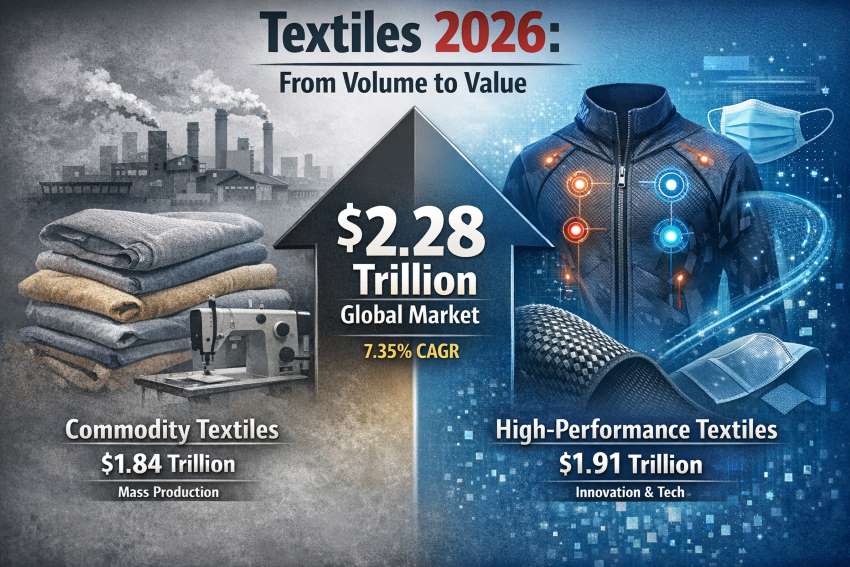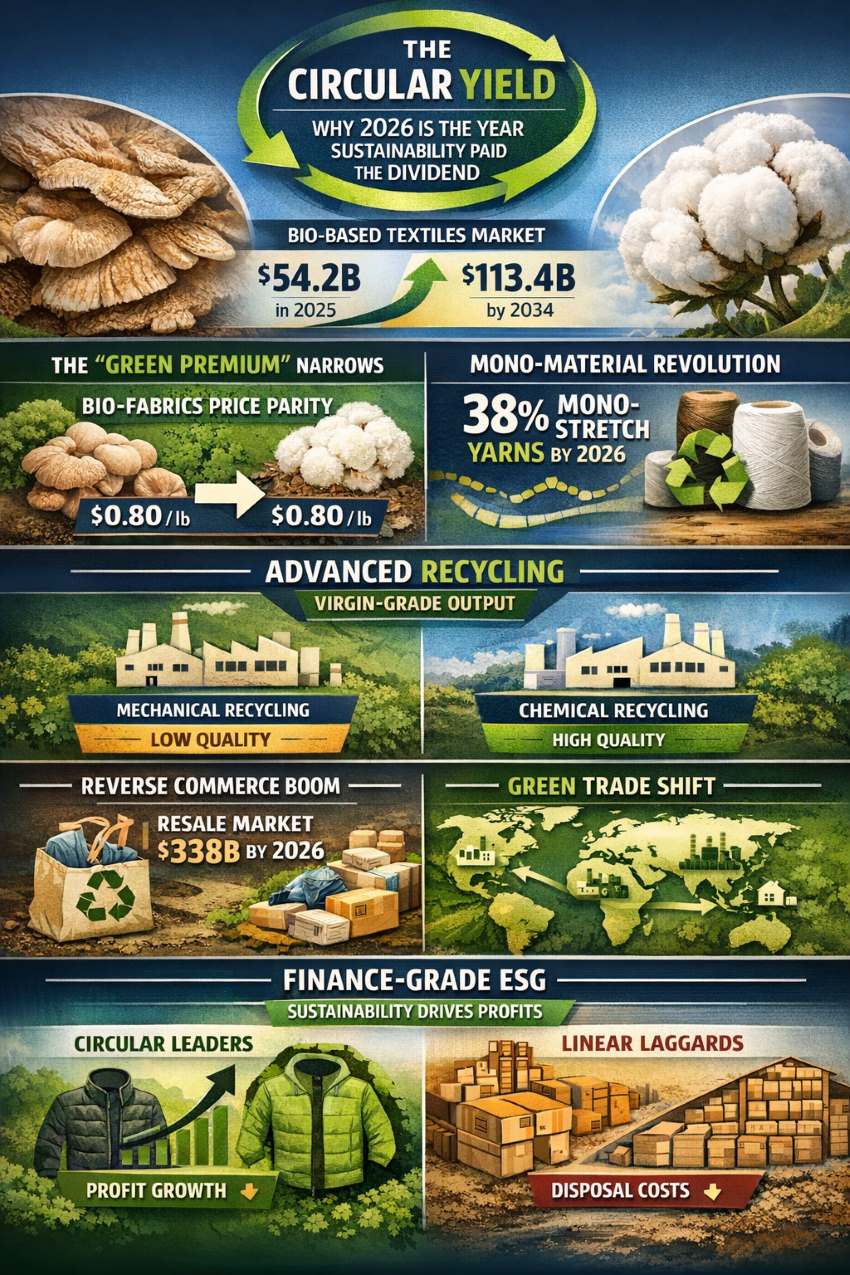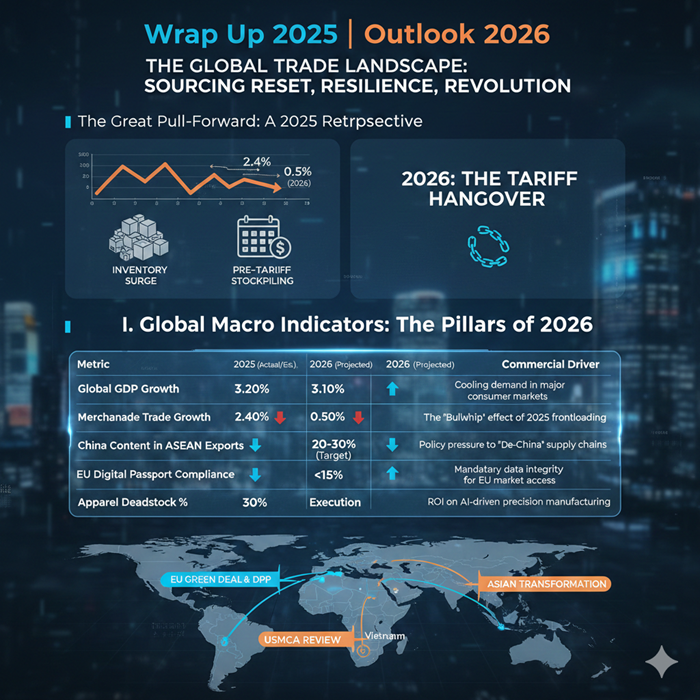
The huge amount of waste produced by the global textile industry has accelerated the need to reduce continued damage to planet Earth. Textile produces over 100 billion pieces of clothing year. This results in 84 per cent of the textile waste worth $3.7 billion being sent to landfills every year. To control this waste and create a climate-neutral continent, the European Union (EU) has introduced a set of initiatives under the European Green Deal.
Net zero emissions by 2050
Urging all 27 member states to transform EU into a modern, resource-efficient and competitive economy, the European Green Deal has set a target of achieving net zero emissions of greenhouse gases by 2050. It separates economic growth from resource use and encompasses all people and places. One of the many targets set by the Green Deal is ensuring durability and recyclability of all textile products by 2030. The deal also mandates use of recycled fibers in these products and adoption of responsible production processes.
The July plenary of the European Economic and Social Committee (EESC) urged the European Commission to align key proposals of the deal with the EU rules on sustainable products, eco-design and sustainable textiles. However, this can cause several ramifications for global apparel manufacturers, especially Bangladesh, warns Eurostat.
New heights in environmental sustainability
Bangladesh has 165 LEED-certified green garment factories. Of these, 50 are Platinum-rated, 101 Gold-rated, 10 Silver-rated and 4 LEED Certified. LEED-certified Green buildings are becoming a norm in Bangladesh with the industry working with international stakeholders to attain new heights in social and environmental sustainability.
Faruque Hassan, President, BGMEA says, the association is moving step-by-step to achieve a sustainable and circular economy. It has teamed up with P4G-funded Circular Fashion Partnership (CPF) initiative to transform to a circular fashion system for making new, low carbon footprint and responsibly-made products. The partnership includes the Global Fashion Agenda, BGMEA and Reverse Resources comprising 19 brands, 17 recyclers and 85 manufacturers onboard. Renewed vision to reduce GHG emissions
To keep pace with global strategies, BGMEA unveiled a new vision in July. The vision urges Bangladesh apparel exporters to reduce GHG emissions upto 30 per cent by 2030, increase use of sustainable materials by 50 per cent and reduce blue water footprint by 50 per cent. This will help the sector reduce energy consumption 30 per cent, encourage use of at least 20 per cent of renewable energy, ensure 100 per cent sustainability in data reporting and increase production efficiency by 60 per cent. It will also ensure setting up 80 per cent green factories.
Collaborating for industry transformation
Global buyers are also urging stakeholders to join hands to achieve sustainability goals. Collaboration is the key to ensure necessary transformation of the entire industry, feel experts.
As per McKinsey’s 2022 State of Fashion report, consumers today are keen to know the source of their materials, their production processes, and ensure transparency in treatment of workers. They are aligning with brands that adopt ethical business practices and expanding their sustainable products besides ensuring transparency of their supply chains. The Bangladesh garment industry is already adopting sustainability practices. The proposed EU legislation is likely to further speed up this process, benefitting garment manufacturers in the country.












